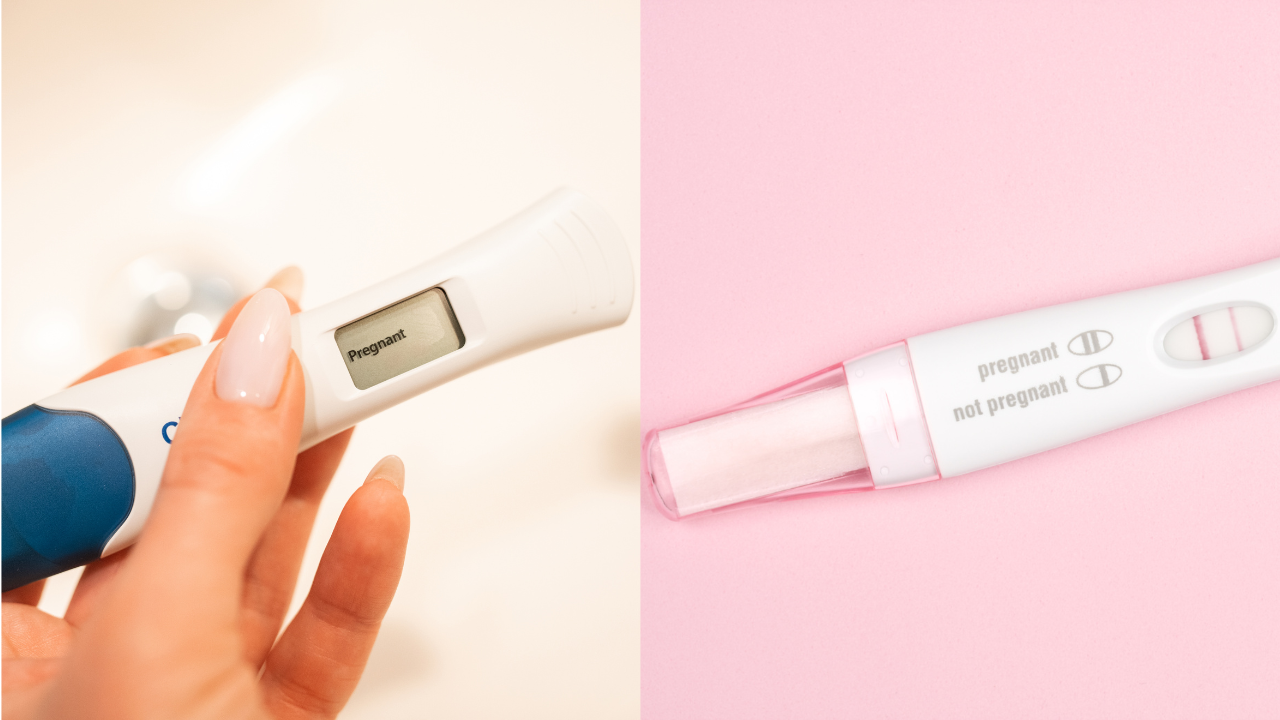
Whether you are planning a baby or not, testing to know if you are pregnant is always a jittery moment. It is important to have complete clarity about the process, so that you achieve an accurate result and have complete clarity of your situation.
Most people get to know that they are pregnant through an at-home pregnancy test. These work by detecting the pregnancy hormone hCG in your urine. There are 2 types of at-home pregnancy tests, digital and non-digital, both of which are easily available at most pharmacy stores – offline and online.
Here is everything you need to know about pregnancy tests and how to take one accurately at home:
Non-digital pregnancy tests
These tests come in the form of standard sticks and test strips. You can pee directly on some pregnancy sticks and wait for the results. Test strips should be dipped in a cup of urine. The process can vary from one brand to another, which is why it is important to always read the packaging for the brand's specific instructions.
In any case, the urine must soak on the pregnancy test for several minutes. It's also very important to read the results within the time frame listed on the test. Waiting too long or reading it too quickly could give you an inaccurate result.
Digital pregnancy tests
Digital tests have a screen and rely on a method called "rapid assay delivery," which might give results in only three minutes. A digital at-home test will simply say "pregnant" or "not pregnant," unlike various symbolic indications in non-digital tests that can be confusing.
Digital tests have certain caveats. They are more expensive than sticks or strips. Also, they tend to require higher amounts of hCG to deliver a clear result. This can lead to a high probability of false negatives, because they need a higher level of hormones to give a positive result.
How long should you wait to take a pregnancy test?
As per reports, the very earliest possible time to get a positive pregnancy test is six days post-ovulation, however, that's incredibly rare. Taking a pregnancy test after missing your period will give you a greater likelihood of accuracy.
Take more than one test
It is recommended to take more than one at-home pregnancy test, since results may vary if you take a test too soon. If your hCG levels are too low to catch early on, you may get a false negative result. So, it is advised to test at least twice to rule out false negatives.







